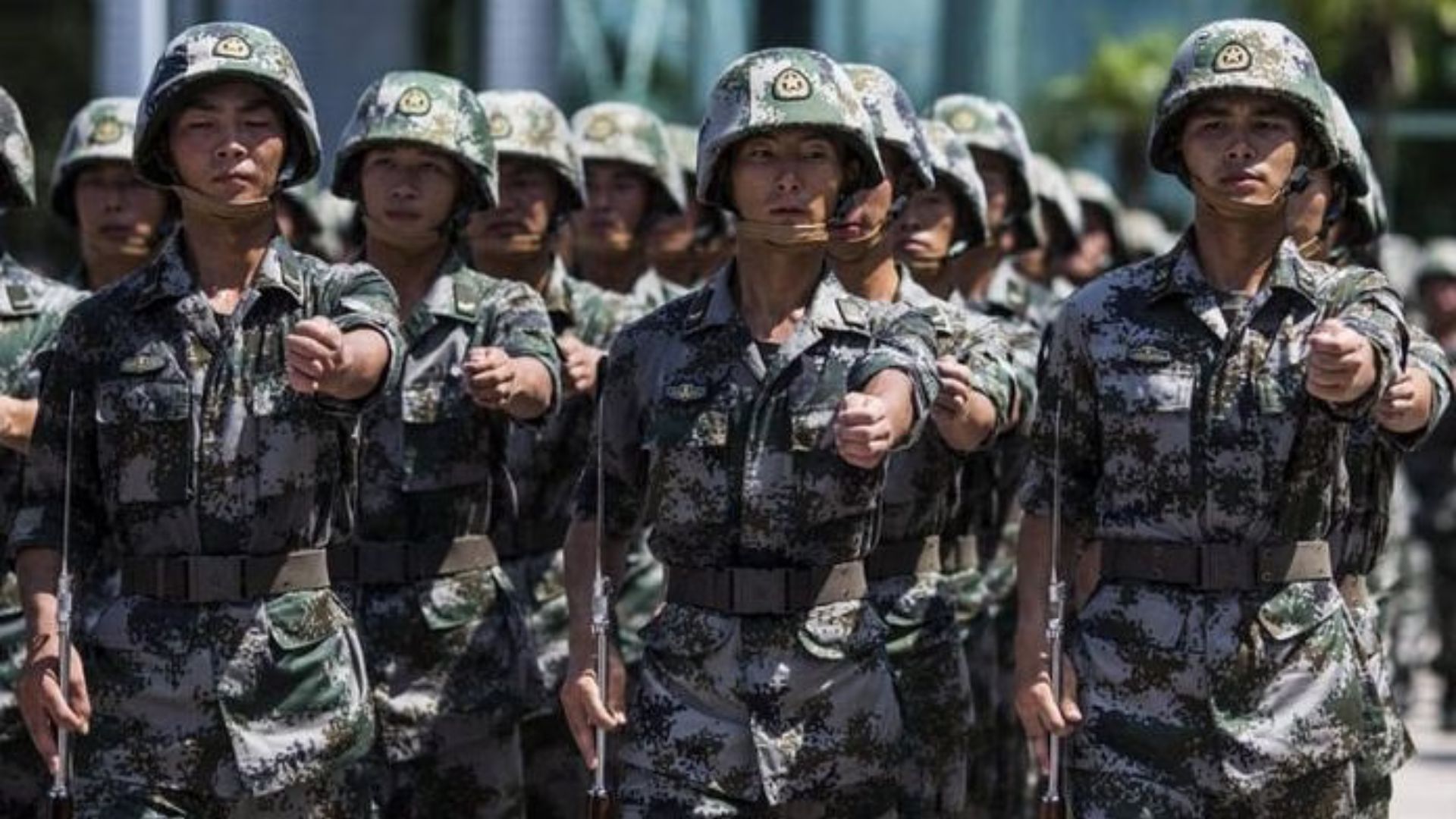For all the swagger of China’s People’s Liberation Army (PLA), with its state-of-the-art aircraft carriers, cutting-edge stealth fighters, and expanding cyber and space warfare capabilities, an uncomfortable truth lurks beneath the surface: its military leadership remains untested, politically constrained, and deeply insecure about its own readiness for war.
The last time China fought a significant conflict was in 1979, during its brief and disastrous war with Vietnam. The PLA suffered severe losses, struggling against a battle-hardened Vietnamese force. Unlike the United States, Russia, Israel, and India—whose militaries have gained valuable combat experience in recent decades—the PLA has remained insulated from the realities of modern warfare. This long absence from the battlefield has resulted in a generation of generals who, despite their ranks, have never commanded troops in real combat.
A Military Led by Politics, Not by Soldiers
China’s military leadership is not determined by battlefield success but by loyalty to the Communist Party. Under President Xi Jinping, this trend has intensified, as military promotions are increasingly tied to ideological commitment rather than operational expertise. A 2024 report by the Jamestown Foundation highlights that political indoctrination takes up nearly 40% of PLA training time, reducing the hours available for actual military drills.
The PLA leadership is sceptical of its operational commanders and units to successfully accomplish wartime missions, wrote Dennis J. Blasko, a retired U.S. Army officer and China analyst, in a report for the National Defense University Press. His assessment is echoed by internal PLA documents, which acknowledge that many officers lack the ability to make independent decisions under the pressure of war.
The Corruption Crackdown That Paralysed the Military
Xi Jinping’s sweeping anti-corruption campaign has purged dozens of high-ranking officers, creating an environment of fear and uncertainty. The latest round of military purges in 2023 and 2024 saw the removal of top brass, including generals from the Rocket Force, which oversees China’s nuclear arsenal.
Corruption runs deep within the PLA, with high-ranking officers accused of selling promotions and diverting defence funds for personal use. While these crackdowns may aim to cleanse the system, they have also triggered internal discontent and mistrust. Officers now hesitate to take initiative, fearing that any misstep could lead to their downfall.
The result? A leadership that prioritises political survival over military preparedness. As one analysis in RAND Corporation’s 2024 report puts it, “The frequent turnover in PLA leadership has led to a paralysis in decision-making, creating hesitation among mid- and high-ranking officers.”
An Army of Theoreticians, Not Warriors
Even in peacetime, a military must constantly evolve and test itself to be effective. Countries like India, with its ongoing border tensions, and the U.S., with its global commitments, maintain a state of readiness through frequent live combat experience, joint exercises, and real-world deployments. In contrast, the PLA’s exercises are tightly scripted, with “enemy” forces instructed to lose in staged battles designed to boost morale rather than expose weaknesses.
A Council on Foreign Relations (CFR) report on China’s military modernisation warns that while the PLA has made significant strides in technology and weapons development, it remains uncertain whether its troops can effectively operate these systems under actual wartime conditions.
The Indian Military: A Stark Contrast
In contrast, India’s military leadership is shaped by real-world challenges. Indian generals and officers have decades of battlefield and command experience—ranging from the 1971 Indo-Pakistan War, which led to the creation of Bangladesh, to counterterrorism operations in Kashmir and high-altitude warfare against Chinese forces in the Himalayas. Indian officers are regularly deployed in United Nations peacekeeping (UNPKF) missions, earning accolades for their operational acumen.
Unlike the PLA, which is deeply entwined with China’s Communist Party, the Indian military functions independently of political interference. This separation has fostered a culture of professional military leadership rather than one based on political loyalty. Moreover, India invests heavily in officer training, with many of its senior leadership receiving advanced education at military academies in the U.S., UK, and other allied nations, apart from premier professional military education (PME) institutions within the country itself.
Can the PLA Overcome Its Leadership Crisis?
The PLA’s leadership deficiencies would be a critical liability in any conflict, particularly in a potential confrontation with a combat-hardened adversary like India. Military experts have long noted that the PLA would need to overcome “significant force imbalances” to pose a credible challenge to Indian troops stationed in contested border areas.
Despite China’s military modernisation drive, its fundamental challenge remains unresolved: a military cannot be strong if its leaders are weak. The RAND Corporation’s 2025 report highlights glaring challenges in the PLA’s transformation into a world-class military, pointing to leadership insecurities, a shortage of combat-tested officers, and systemic corruption as major constraints.
For now, the PLA may continue to parade its advanced weaponry and cutting-edge technology, but in a real war, China’s generals may find themselves grappling with an even greater adversary—their own inexperience.

